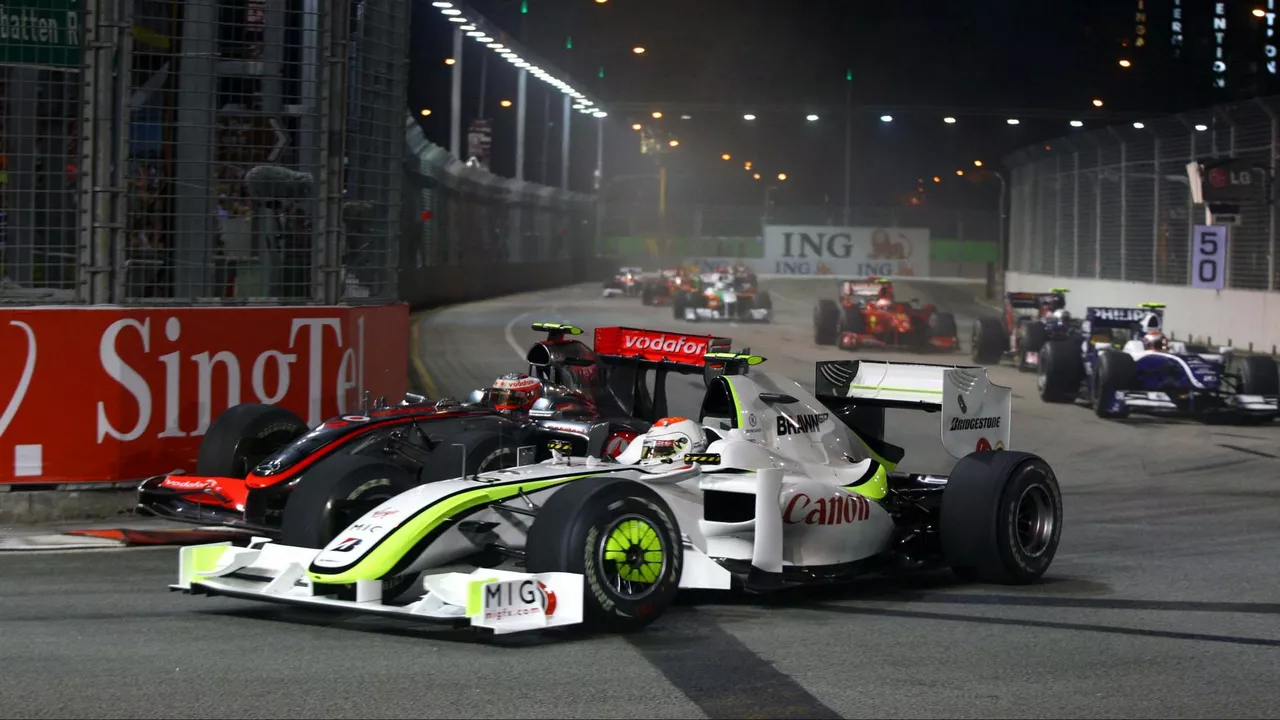Racing History: From Early Speed Trials to Modern Legends
If you love the roar of engines and the thrill of a close finish, you’re probably curious about how racing got its fast‑paced vibe. It all started with simple road races in the late 1800s, when daring drivers took their horseless carriages on open fields and dusty streets. Those early contests weren’t about glamour; they were about proving a machine could go faster than a horse. That raw desire for speed set the stage for the sport we know today.
Fast forward to the 1920s, and the world saw the birth of Grand Prix racing in Europe. Manufacturers like Bugatti and Alfa Romeo used the track as a laboratory, testing new tech while pulling crowds into grandstands. The first true racing heroes emerged – names like Tazio Nuvolari and Rudolf Caracciola became household talk. Their daring overtakes and fearless attitude turned races into drama you could feel in your bones.
Key Moments That Shaped the Sport
One turning point was the introduction of the World Championship in 1950, which later became the Formula 1 World Championship. It gave drivers a global stage, and legends like Juan Manuel Fangio, Jim Clark, and later Ayrton Senna, turned each season into a story of rivalry and innovation. The technology race off the track was just as intense – wings, ground‑effect aerodynamics, and turbocharged engines all sprang from the pressure to shave seconds off lap times.
Meanwhile, across the Atlantic, stock‑car racing grew into NASCAR. What began in 1948 as a moon‑shine runner’s competition turned into a multi‑billion‑dollar industry. By the 1970s, NASCAR had a TV audience and drivers like Richard Petty and Dale Earnhardt became cultural icons. Today, the sport even stretches beyond the US, with the NASCAR Whelen Euro Series delivering the same high‑octane excitement to European tracks.
Why History Still Matters
Understanding racing history isn’t just for nostalgia. It explains why certain rules exist, why some tracks are revered, and how modern engineering borrows from past successes. Take the dogleg vs. chicane debate – those terms stem from early circuit designs that tested both driver skill and car balance. Knowing the story behind them helps fans appreciate why a driver might brake hard into a chicane or accelerate through a dogleg.
Even roles like the F1 team principal have roots in racing’s early days when a single manager coordinated everything from drivers to mechanics. The modern principal is the strategic brain behind the scenes, shaping race tactics and handling media, much like the old‑school team owners who ran everything from car prep to sponsor deals.
So whether you’re a die‑hard fan tracking every IndyCar season, a newcomer fascinated by classic Le Mans endurance races, or just someone who enjoys the sound of a V8 revving, diving into racing history gives you a richer, more connected experience. It turns every lap into part of a larger story that’s still being written today.
Ready to explore more? Check out our tag archive for deep dives into historic races, driver biographies, and the tech that continues to push the limits of speed.
